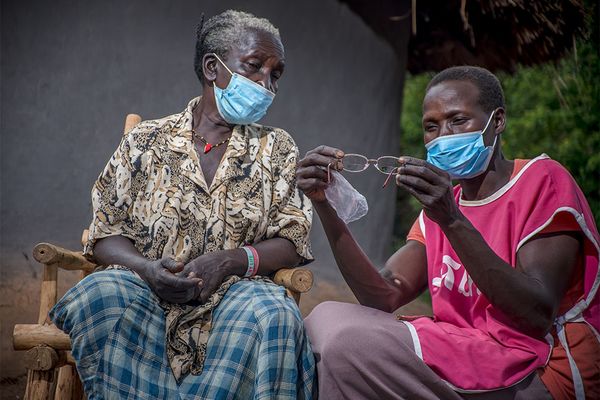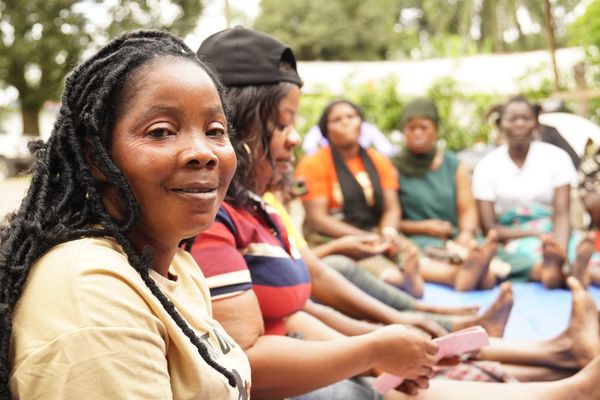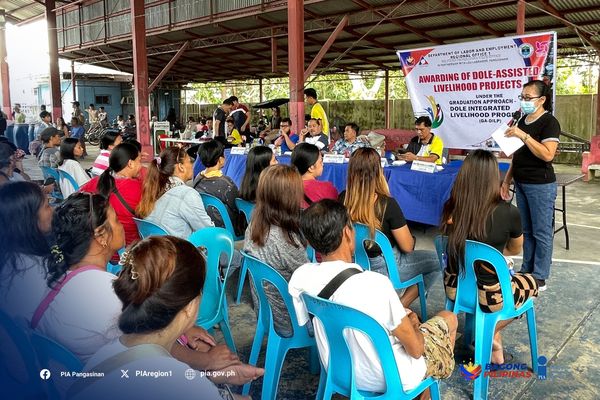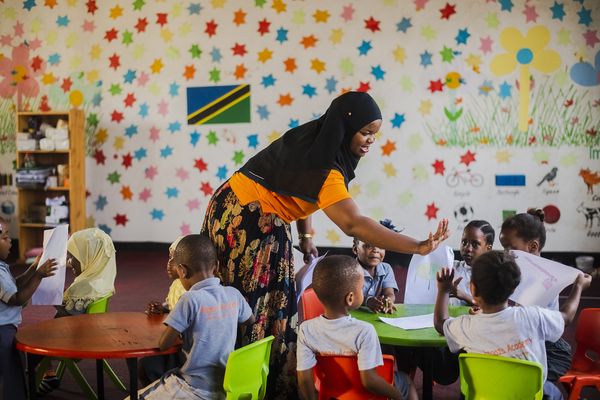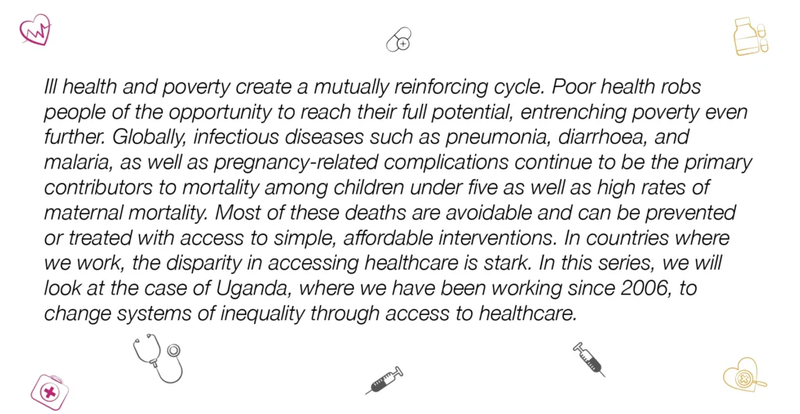
Under-5 mortality rates have made significant improvements globally but disparities persist across regions and countries, especially those affected by high rates of poverty and conflict. Many parts of Africa continue to grapple with the highest under-5 mortality rate worldwide, a rate that significantly lags behind the global average.
Research has shown that poverty significantly impacts patient experiences, often hindering access to essential healthcare and resources, resulting in deaths due to avoidable causes.
So, how does one address these disparities in healthcare access? For BRAC, the answer lay in training and mobilising a network of community health workers, all recruited from the community they work in, in order to ensure trust as the first building block. This is the story of Arizio Anna, a healthcare worker from Uganda’s Moyo district.
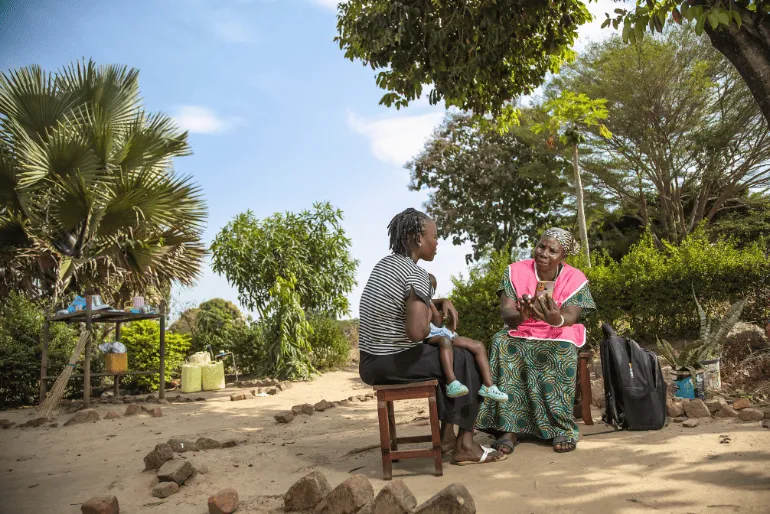
“My name is Arizio Anna and I am 48 years old. I have lived in this Elenderea village for the last 32 years. As a health worker, I conduct health assessments for pregnant women, conduct follow-ups, and advise antenatal care based on the patient’s condition. My responsibilities also include registering new households and providing care for children under-five.”
There are 170 households in this village and the nearest hospital is 1.5 kilometres away. Even though that is not a great distance, most people will have to either walk or take a boda boda (motorcycle) in case of emergencies, which can be quite difficult when dealing with a patient who needs immediate care. “The roads are bumpy and sometimes, one has to climb down from the boda boda to avoid potholes and bushes, and get back up again. I am the most available healthcare professional in this community at the moment and families rely on me quite a lot, especially during emergencies,” says Arizio.
Arizio is trained in providing primary care, advising vaccination for children, and overall health monitoring of the community. When people come with more serious conditions that are out of Arizio’s purview of services, she refers them to the closest hospital and ensures that all her patients, especially pregnant women, are swiftly attended to. In fact, this is one of the primary goals of the community health workers – bridging the gap between people in communities and hospitals.
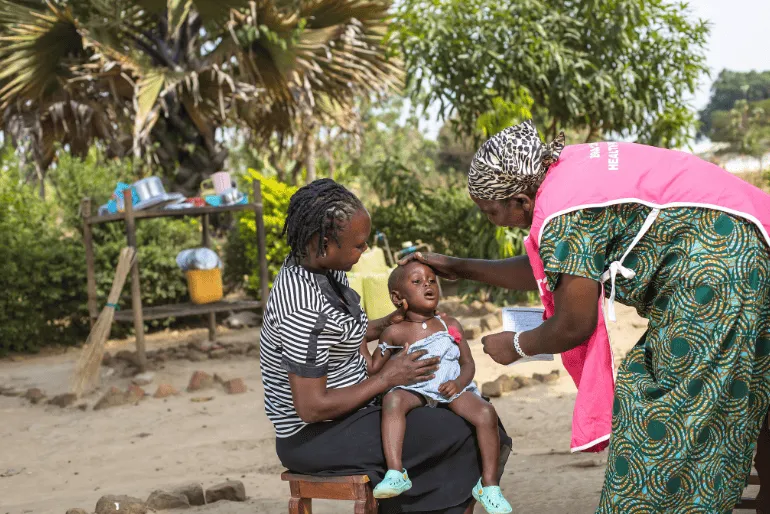
Arizio joined BRAC as a health worker in 2016 and she believes she not only grew professionally but has also learned some great values to work and live by.
“The most transformative change I see around me is that pregnant mothers no longer give birth at home, as often as they used to. Consequently, the deaths of mothers during childbirth have also gone down compared to the time when I was growing up. My own knowledge in healthcare has improved, and now I can confidently educate people around me on the many common health issues,” says Arizio.
“Over the years, our work has changed. Now I use the eCHIS app to better organise my work and patient load. I don’t have to go for random follow-up visits anymore, rather I conduct my follow-up visits and referrals as directed by the system that also alerts me when I do not meet my daily targets.”
“One of my fondest memories is that of accompanying a pregnant mother to the hospital for delivery. I got so close to both her and her newborn baby as I consistently followed up with them at the hospital, and then in their home. I felt trusted by her for choosing me to be with her in such a moment of vulnerability. The clinical officers appreciated my efforts, and since then, I’ve become quite well known at the hospital.”
Arizio wants to continue her work as a health worker, which allows her to work as a micro-entrepreneur as she also earns an income from the sale of basic health goods she carries around with her in her bag. She also runs her own business selling produce from her garden, a small farm that she started to build with a loan from BRAC Bank in Uganda.
*Stories collected and compiled by the Health programme assistants in Uganda. Edited and curated by Edwinah Nassuna and Abida Rahman Chowdhury
